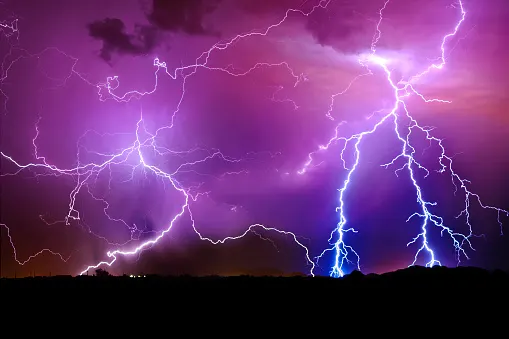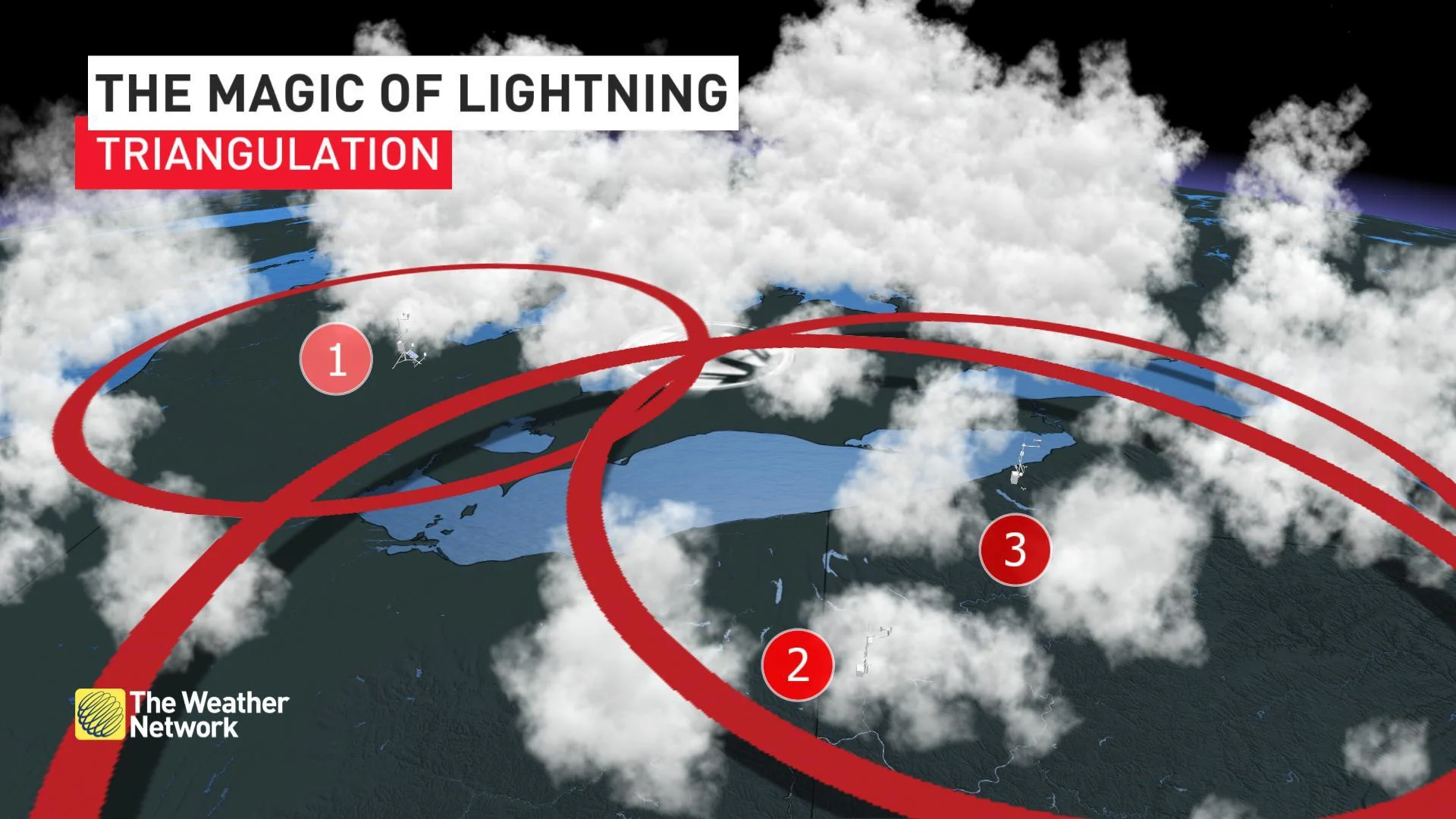
Lightning in a bottle: How we track this elusive force
Lightning flashes and deep rumbles of thunder have mesmerized humans for thousands of years -- we're the most primitive lightning detection network in existence. Beyond the sights and sounds, however, there's a more mysterious force at play. The electrical current that goes unnoticed by humans is paramount in detecting these robust forces of nature.
Taking a jump forward in technology, your radio also picks up lightning. If you turn your radio to an AM radio frequency when a thunderstorm is nearby, the electrical discharge will produce a distinct static sound. To help conceptualize this phenomenon, picture each lightning strike as a temporary radio tower.
Taking another leap forward, tech-wise, there are several methods currently used to capture lightning data, all with their unique limitations: ground-based systems, mobile systems, and space-based systems such as lightning detection on geostationary satellites.
Even with a widespread network, Earth's curvature presents a problem when it comes to capturing discharges of electricity that only last around 30 microseconds.
For surface-based detectors, the real hero is the atmosphere -- without it, our detection equipment would have a very limited range. Towards the upper echelons of the atmosphere, the ionosphere, layers of electrically charged atoms and molecules, work to deflect the electric impulses back to the surface and to the waiting lightning detection network.

For satellite-based systems, curvature means detectors are rarely looking straight down over a storm. This can lead to skewed images and results that misplace lightning strikes by hundreds of kilometres. So, how do we work around this?
THE MAGIC NUMBER IS 3
If you've ever dug a bit deeper into how an earthquake's epicentre is detected, lightning detection employs the same methodology. A process called triangulation gives us the relative precision of the lightning strike.
If you've been in the position to call 911, cell phone towers use triangulation to determine your approximate location. What about your favourite mapping app on your phone that utilizes GPS technology? Yes, you guessed it, it's another advanced form of triangulation.

This technology is still far from perfect, and the systems are generally quite poor at detecting intra-cloud lightning. Intra-cloud lightning is often a precursor to the more dangerous cloud-to-cloud and cloud-to-ground lightning.
WHY DO WE WANT TO DETECT LIGHTNING?
There's a myriad of reasons human beings are so interested in accurately detecting lightning; especially with more than a billion strikes annually around the globe.
First and foremost, safety.
It's been estimated that nearly a quarter of a million people are injured by lightning every year. Your odds of being struck at some point during your lifetime vary immensely depending on your location. Someone who spends their lifetime in Florida faces a 1 in 3,000 chance of being struck.
WATCH BELOW: TOP FIVE LIGHTNING FACTS
In August 2019, the North Pole unexpectedly lit up like a Christmas tree, with rare lightning strikes being detected within about 500 km of the geographic North Pole.
More sensors and advanced technology will provide us with better data in the future, but it's still mind-blowing that in 2022, a single station is capable of detecting lightning strikes up to 10,000 km away. Even North Pole lightning cannot evade detection.
Editor's note: This article was originally published in 2020.
Thumbnail credit: Getty Images/stock photo.










